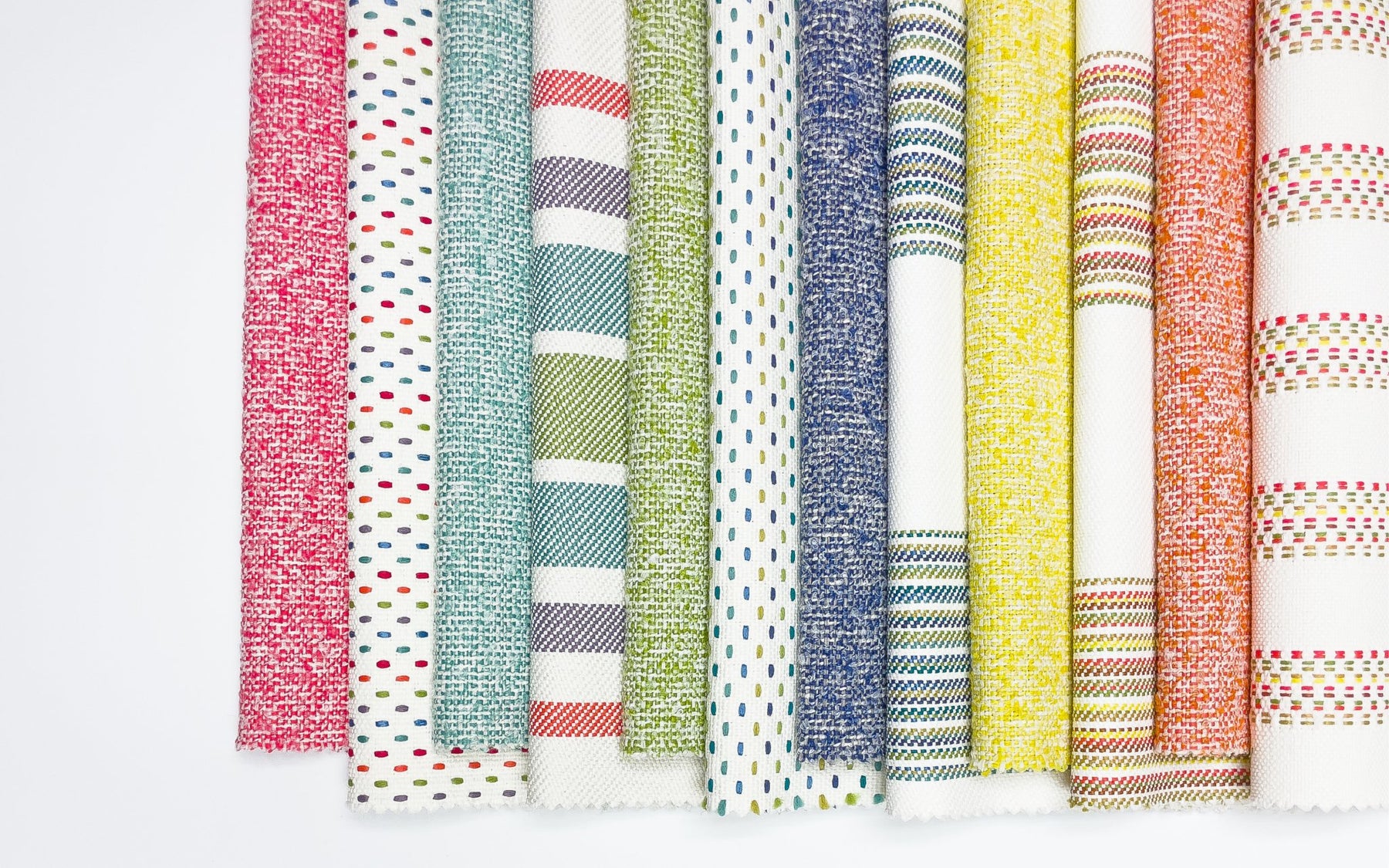
What are the different types of textile design?
Textile design is an intricate and fascinating field that encompasses various techniques and styles. The art of textile design involves creating patterns and prints on fabrics for clothing, home décor, and various other uses. This diverse discipline is essential in the fashion and interior design industries, where fabrics play a crucial role in shaping the aesthetic appeal of a product. In this blog post, we will explore some of the different types of textile design, examining their unique characteristics and applications.
- Print Design: Print design is perhaps the most well-known and widely used form of textile design. It involves creating patterns and motifs on fabric using various techniques such as screen printing, block printing, or digital printing. Print designers employ a range of motifs, from geometric shapes and floral elements to abstract designs and intricate illustrations. This type of textile design is commonly found in clothing, accessories, upholstery, and linens.

- Woven Design: Woven design comprises creating patterns on fabric through the interlacing of different yarns. This technique involves using a loom, which can be either manual or mechanized. Woven designs are characterized by their intricate patterns and textures, with diverse options such as jacquard, damask, or brocade. Woven textiles are often employed in fashion garments, drapery, and upholstery.

- Knit Design: Knit design focuses on creating patterns and textures in a fabric by interlocking loops of yarn, resulting in a stretchier and more flexible textile. Knitting machines and hand knitting techniques are used to produce a vast array of knit designs, including cable knits, fair isle patterns, or ribbing textures. Knitted fabrics are commonly used in garments, accessories like scarves or hats, and even home décor items.

- Embroidery Design: Embroidery design is a meticulous technique that involves decorating fabric using a needle and thread. This type of textile design can be executed by hand or with the help of computerized machines. Embroidery adds intricate details, texture, and dimension to fabric, making it an excellent choice for embellishments on garments, home textiles, or personalized accessories.

- Dyeing and Surface Design: Dyeing and surface design refer to the methods of applying color and creating patterns on fabrics. Techniques like tie-dye, batik, and shibori fall under this category. The use of different dyes, resist techniques, or fabric manipulation creates unique and vibrant designs on the fabric's surface. Dyeing and surface design can be utilized in textiles for fashion, home furnishings, or art installations.

Textile design is a versatile discipline that allows designers to innovate and experiment with various materials, tools, and techniques. Whether it's through printing, weaving, knitting, embroidering, or dyeing, the possibilities for creating captivating designs are endless. Each type of textile design brings its own aesthetic appeal and functionality to fabric, making it an integral part of the design process in fashion, interior design, and beyond. So, the next time you wear or admire a beautiful fabric, take a moment to appreciate the artistry that went into its creation.
Comments
Leave a comment